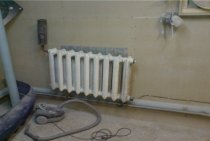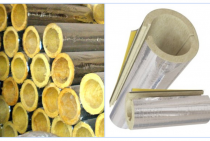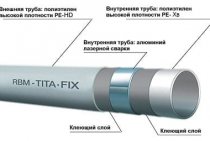Thermal insulation for underfloor heating system comparative review of insulation materials
Creating comfortable conditions in a living room, you need to strive for heat to be distributed evenly throughout the entire volume during heating. As a rule, following the laws of physics, warm air rises, while the floor remains the coldest zone. Often, temperature differences at the upper and lower levels of the human space are very significant. This creates discomfort and can cause colds. Uniform distribution of heat, constantly emanating from below, creates the necessary heat exchange. In order for the heating system to work effectively, thermal insulation for the warm floor is necessary. Today we will conduct a comparative review of various thermal insulation materials.
The warm floor can be used both as an additional heating of the room, and by making it the main heating system.
Why isolate the system?
And really .. why? Let's figure it out:
- Reduces natural heat loss through the coldest surface in the room to the outside or into the ground. Under normal conditions, the amount of heat loss reaches 20% of their total volume.
- The radiated energy is evenly and rationally distributed around the heating perimeter. At the same time, it is not spent on heating floors and structural elements located below the heated area.
- Energy for additional heating is saved, the cost of heating is reduced.
- Additional sound insulation is created.
- Moisture from the ground or basement is prevented from entering the room through the floor covering.
Factors affecting the choice of thermal insulation
There are three main types of underfloor heating systems: water, infrared and electric. And the use of heat-insulating material directly depends on which of them will be installed. In addition, thermal insulation under a warm floor is selected taking into account the loads affecting the floor covering.
The main characteristics of materials for protection against heat loss can be considered:
- high compressive strength, elasticity;
- a slight degree of deformation when exposed to loads;
- resistance to aggressive environments;
- low thermal conductivity;
- high density (for floor insulation it must be at least 25 kg / m3);
- minimum moisture absorption.
The correct laying of the thermal insulation layer guarantees the preservation of thermal performance during long-term operation
The main types of thermal insulation of a warm floor
Cork backing
Environmentally friendly dense natural roll insulation. The area of use is limited by the maximum height of the premises (when laying the material, the height of the floor is 3-4 cm) and the high cost of insulation.
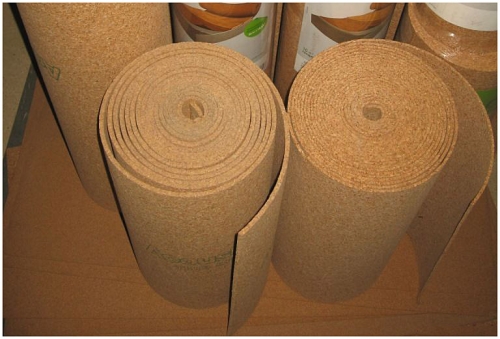
Polypropylene
Polypropylene in the form of extruded boards: sound and heat insulating coating with a closed cell structure. Not hygroscopic. Good for processing. Withstands temperatures up to 130°C. And they also use expanded polystyrene with an overlay in the form of a polypropylene film:
Styrofoam
Extruded polystyrene foam 50–100 mm thick: the best thermal insulation for underfloor heating. Durable, lightweight, hard, inexpensive material that is resistant to sharply negative and high temperatures and at the same time retains its full properties during long-term operation. This is facilitated by the air filling of the cellular structure.
Expanded polystyrene is not destroyed in an aggressive environment. Does not absorb moisture and does not swell. Resistant to fungal attack, easy to assemble when laying.
Metallized lavsan film
Such a substrate as a coating of expanded polystyrene foam creates reliable protection against floor destruction when interacting with the alkaline environment of the cement-sand screed. Aluminum foil, without coating it with a high-temperature PVC film, is not used due to the instability of the foil layer to corrosion.
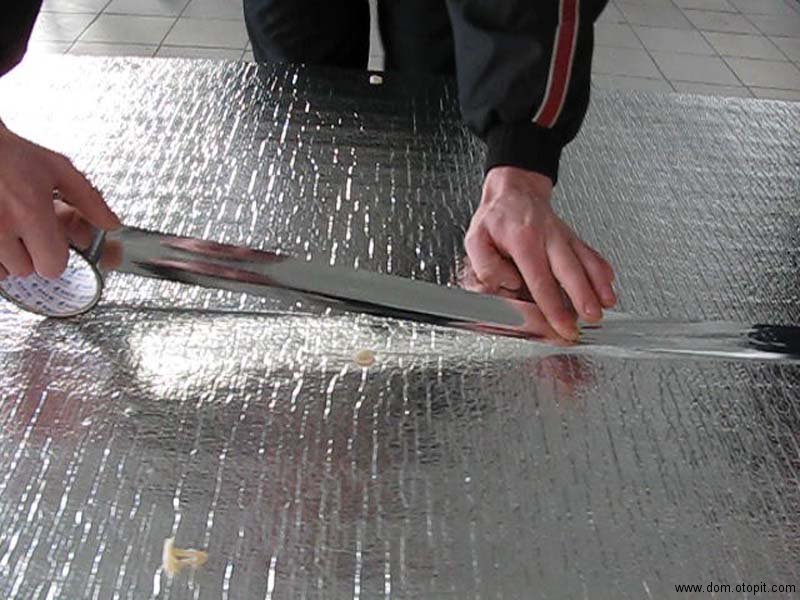
Please note that no matter what material is used as thermal insulation, a quality certificate must be issued for it.
